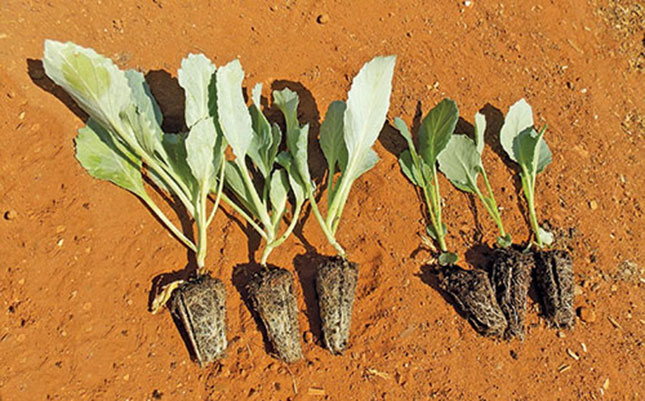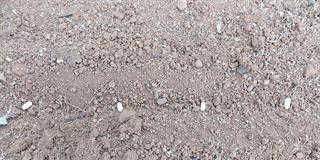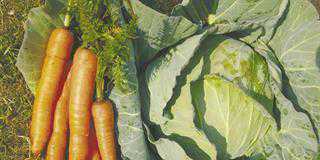
Your seedling grower therefore needs to know what sort of cabbage seedling is best for you. This might sound obvious, but it’s not.
Seedlings can be produced in various degrees of hardness. The softer the seedling, the more active its growth, and this vigorous growth will continue on the land provided that conditions are favourable. In addition, the seedling must be the right type for your area, growing practices and the season.
Ideally, it should experience little or no shock at planting and soon after. If it was grown by a nursery in another climatic zone, this fact should be taken into account. Seedlings grown in a warm climate and planted in a cold area may suffer frost burn if they are soft.
On the other hand, they may be ideally suited to another area. Any form of shock should be taken care of at the nursery and not on the land. After being transplanted, the seedlings should be ready for active growth.
If they are forced to go through a hardening process at this stage to survive, they will suffer a setback, which will reflect in the yield.
Hardening: how to get it right
It is important that the plants undergo just the right amount of hardening to secure a full stand and stimulate early growth. Severely hardening a plant, depending on how it is done, can delay its growth. You can harden a plant by water stress, lack of fertiliser or cold.
The best method is to withhold water; this leaves the nutrient content in the plant intact. The plant then develops thickened leaves full of energy ready to be used when conditions improve which, in this case, is after transplanting. A soft plant’s leaves will roll up when rubbed between your fingers, whereas a hard plant’s leaves remain turgid. Its stems will also be firm when pressed.
The crucial role of nitrogen
When a plant is hardened by withholding nitrogen, it has to be re-stimulated with nitrogen, or it will be a very slow starter. It cannot grow leaves or roots when the nitrogen level is too low.
It may well survive harsh conditions, but growth will be very slow and uneven. Getting the crop off the mark quickly to ensure a full stand also means that the leaves cover the area sooner, making weed control easier.
If conditions are good from the start, the plant will take advantage of the situation and start to produce a big frame, which is associated with a large head. You can assess yield potential early on by looking at the size of the lower leaves.
Dealing with cutworm
Always apply pesticide to control cutworm, and do this in conjunction with herbicide to save time and money. Be as thorough as possible; a few gaps in the crop due to cutworm, bad planting or poor care might seem unimportant at the time, but they can make a significant difference to your bottom line.
To err is human, and I have done my fair share of erring when it comes to cabbages! I once worked for a large farming estate and planted vast areas of cabbages.
On occasion, due to pressure of work, I would take a chance on cutworm control as I had not seen any of the pest during land preparation. In those days, we had to mix cutworm bait with bran and it was an effort, so we took the odd shortcut here and there.
As a result, I would sometimes end up with some cutworm damage, but this was soon disguised by the leaves. My boss would drive by and remark on how wonderful the crop looked.
I would know there was damage, but would accept the compliment and leave it at that. However, the results of the damage would be evident at harvest: a sub-optimal yield!













